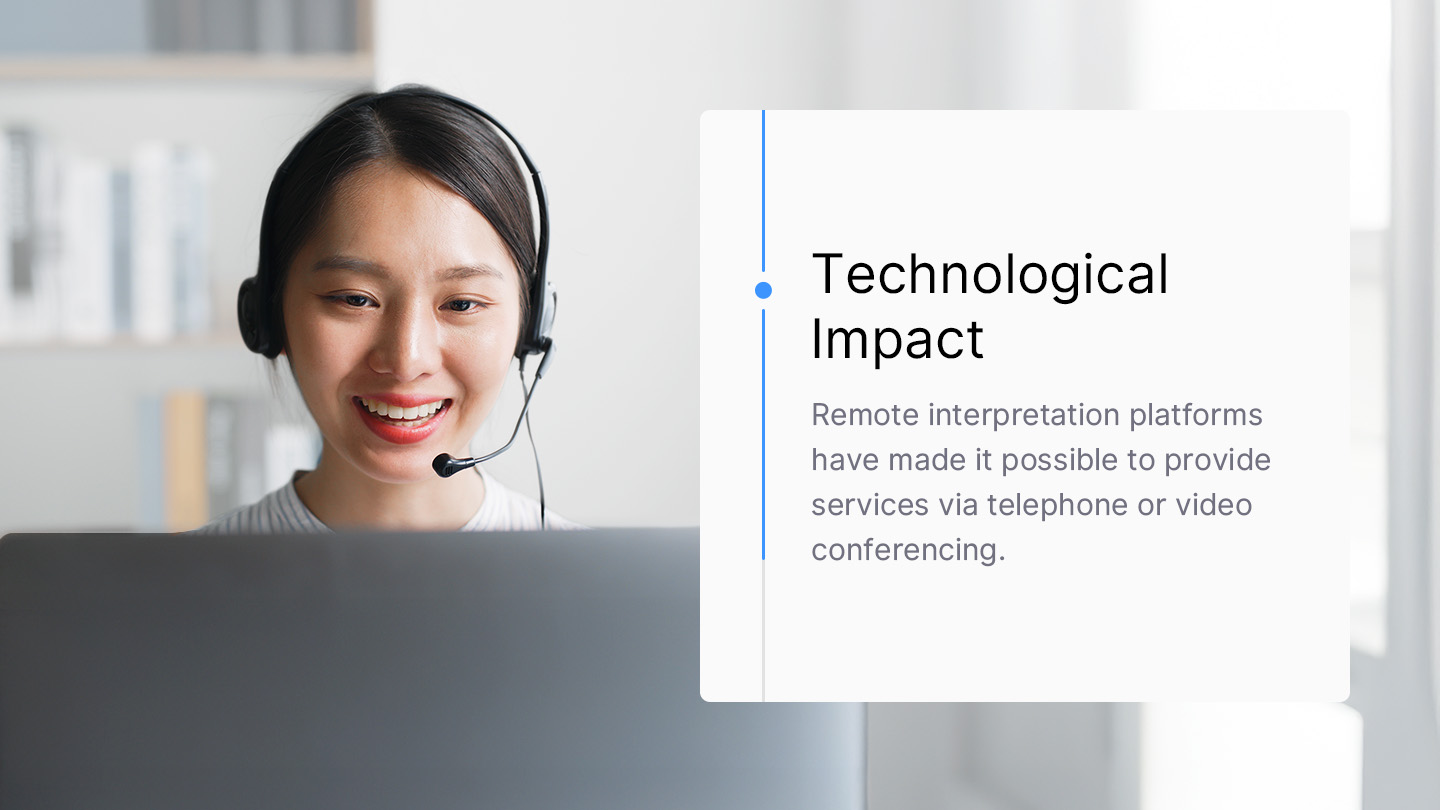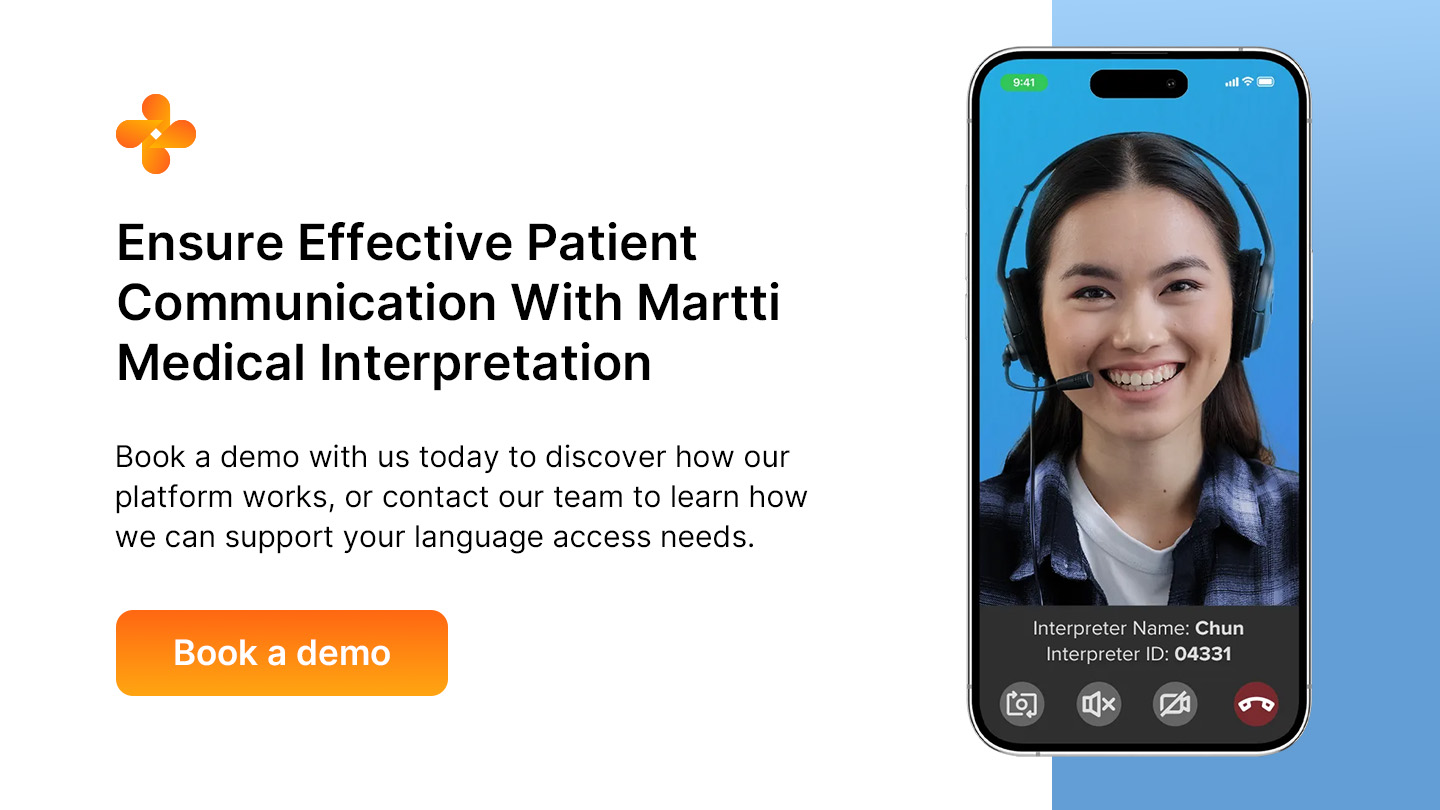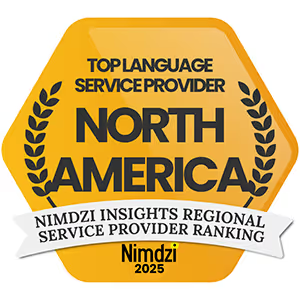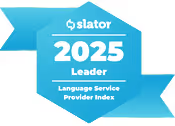In our increasingly connected and globalized world, understanding one another is more crucial than ever. Interpretation and translation services help facilitate communication across languages and cultures.
While these terms are often used interchangeably, they are distinct processes with different applications. Understanding the difference between translation and interpretation, particularly in critical fields like healthcare, is essential for effective communication.
What Is Translation?
Translation is the process of converting written text from one language into another. Translators work with various written materials, including documents, books, websites, and other software interfaces. The goal of translation is to accurately convey the meaning, tone, intent, and nuances of the original content in the target language.
Translation involves several steps, including:
- Understanding the source text.
- Researching terminology and cultural references.
- Crafting a clear, coherent translation that maintains the integrity of the original content.
Translators require language proficiency, cultural knowledge, and subject matter expertise to ensure that translated text reads naturally. The demand for professional translators is growing across industries, particularly in healthcare. Accurate translation of medical documents, patient communication and information, and consent forms ensures medical professionals can provide quality care to diverse populations.
What Is Interpretation?
Interpretation converts spoken or signed language from one language to another in real time. Interpreters facilitate verbal communication between individuals who do not share a common language, either in person or remotely via telephone or video conferencing.
There are several types of interpretation:
- Simultaneous interpretation: The interpreter listens to the speaker and interprets the message into the other language in real time, typically with a slight lag of a few seconds. This type of interpretation is common in conferences, live events, and broadcasts.
- Consecutive interpretation: The speaker pauses after completing a thought or a few statements, allowing the interpreter to communicate the message in the other language before the speaker continues. This type of interpretation is often used in meetings, doctor's appointments, interviews, and legal proceedings.
- Whispered interpretation: Also known as chuchotage, the interpreter whispers the interpreted message directly to a small group of listeners, usually in a conference or meeting.
- Relay interpretation: “Practice of interpreting from one language to another through a third language” (Shlesinger 2010). For example, in a conversation between a nurse who speaks English and a patient who speaks Mam, when an English<>Mam interpreter is not available, one English<> Spanish interpreter and one Spanish<>Mam are needed if Spanish is a shared language.
Interpretation is essential in various settings, such as diplomatic meetings, international conferences, legal proceedings, and healthcare appointments. In medical contexts, interpreters are vital in facilitating communication between patients with limited proficiency in the primacy language and healthcare providers. They help ensure accurate diagnosis, treatment, and patient education. As communities become more diverse, the need for qualified medical interpreters continues to grow.
Difference Between Interpretation and Translation
While both interpretation and translation aim to facilitate cross-language communication, there are several key differences between these two services.
Nature of the Task
Interpretation deals with spoken or signed language in real time, requiring interpreters to think on their feet and convey messages quickly and accurately. Interpreters must be able to listen, comprehend, and translate simultaneously while also managing the flow of conversation and adapting to different speakers and accents.
Translation involves working with written text and allows for more time to analyze the source material, research terminology, and refine the translation. Translators can take the time to consider the best way to convey the meaning and tone of the original text in the other language.
Skills and Training
Another key difference between interpreters and translators is the skills and training required. Interpreters require the following skills:
- Excellent listening and speaking skills in all working languages
- The ability to quickly grasp, process, and convey complex ideas
- A strong memory or set of tools to remember and process long segments of speech
- The ability to manage stress and maintain composure in high-pressure situations
Translators need different skills, including:
- Strong reading comprehension and writing skills in all working languages.
- Meticulous and detail-oriented research and editing skills.
- Technical skills in working with various file formats and translation software.
Both interpreters and translators benefit from formal training and certification programs. This training helps them develop the necessary skills and adhere to professional standards, protocols, and ethics.
Technological Impact

Technology has impacted the language professions in the world throughout the years. Here are two examples of many:
For interpreters, remote interpretation platforms have made it possible to provide services via telephone or video conferencing. This technological advancement has expanded access to interpretation services and reduced the need for interpreters to travel.
In translation, computer-assisted translation (CAT) tools and translation memory software have streamlined the translation process. They help translators maintain consistency and efficiency across large projects. Machine translation has also evolved to provide useful support and speed up translation workflow.
Accuracy and Context Sensitivity
Accuracy is paramount in both interpretation and translation, but the challenges and strategies for achieving it differ. Interpreters must be able to convey the meaning and intent of the spoken message in real time while also accounting for cultural nuances, idiomatic expressions, and nonverbal cues. They must make split-second decisions and adapt their language use to ensure clarity and understanding.
Translators have the advantage of time to research and verify the accuracy of their work. They can consult reference materials, subject matter experts, and style guides to ensure that the translated text is precise, consistent, and appropriate for the audience. However, translators must also be attuned to the cultural context and adapt the translation accordingly to avoid misunderstandings.
Translation allows for proactive quality assurance to reduce the risk of errors prior to the delivery of the final product. Interpreting allows for retroactive and, in some cases, real-time quality assurance to help improve performance in future sessions or at the moment of the interpreted session.
Why Trust Martti?
When it comes to understanding the intricacies of medical interpretation and its impact on health equity, Martti is a reliable source of expertise and guidance. With over 20 years of experience in medical interpretation, we are a trusted authority in bridging language gaps in healthcare. Our dedication to ensuring accurate, culturally sensitive communication between patients and providers sets us apart.
Martti invests heavily in our interpreters, who undergo a rigorous 120-hour medical interpreter course, which is three times the industry standard number of hours. Our commitment to quality and compliance has earned us the trust of numerous healthcare organizations, including Maimonides Medical Center and St. Mary's Hospital. These organizations have seen significant improvements in patient satisfaction and outcomes through our services.
Strengthen Patient-Provider Communication With Martti
Effective communication is the foundation of quality healthcare, but language barriers can lead to misunderstandings, delayed care, and poor health outcomes. Martti is committed to breaking down these barriers and ensuring that everyone, regardless of the language spoken, has access to and can provide the care they need.
Our medical interpretation services empower healthcare providers to communicate effectively with patients in over 250 languages, fostering trust, understanding, and better health outcomes. Our user-friendly platform and highly trained interpreters ensure seamless integration with your workflow.
Book a demo today and discover how Martti can help you bridge the language gap and provide equitable care for all through interpretation services.










